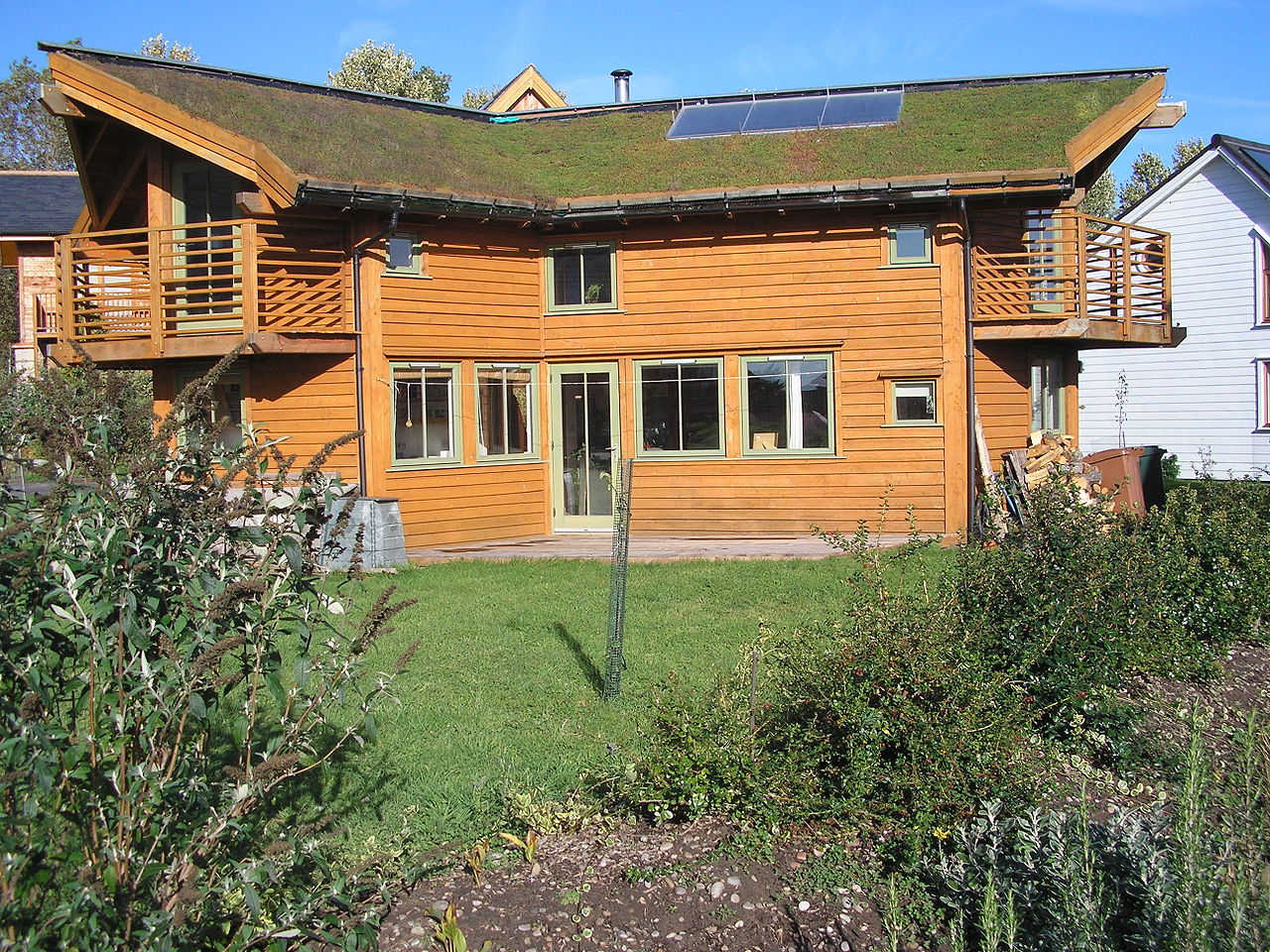
by Mari Martiskainen and Paula Kivimaa
Have you ever wanted to see what it’s like inside a low energy home? In Brighton you can, through Eco Open Houses, an event showcasing the latest ideas and practices in low energy, sustainable homes. The event is not only a boon for those who enjoy the opportunity to nosy around someone else’s home, but also has a key role in catalysing low energy housing projects in the local area.
Eco Open Houses is an example of a so-called ‘intermediary’: an organisation or individual that can act as ‘go-between’ and who can mediate and connect individuals, groups, resources and knowledge across sectors. In recent years, many UK policy measures to support the delivery of energy efficiency in buildings have been watered down or scrapped. In this context, intermediaries and champions who can translate learning from projects, share it with others and actively promote low energy homes, are vital if we are to achieve a transition to climate-friendly housing.
Investigating intermediaries for low energy homes in Brighton
The City of Brighton and Hove, with a population of 250,000, has been regarded as one of the UK’s ‘hotspots’ for green living. As part of our project, Low Energy Housing Innovations and the role of Intermediaries, we wanted to find out how low energy homes could be supported through dedicated activities provided by intermediaries. We analysed three in-depth case studies of new-built homes in Brighton. These included a self-built home (Hartington Road), a privately built house involving a contracted architect and a builder (Grantham Road), and a large commercial housing development of 172 apartments (One Brighton).
- Hartington Road (photo by Alistair Nicholls)
- Grantham Road (photo by Mari Martiskainen)
- One Brighton (photo by Mari Martiskainen)
We found that there are important activities being carried out by intermediaries at each stage of the project, from planning to post-construction. We identified the following three types of actors that exist to take on intermediation and championing for low energy homes:
- Championing intermediaries have a strong motivation to drive low energy housing. During a specific project, they also act as connectors between other parties, including customers, developers and builders. Examples from our research comprise an architect holding a strong interest in advancing sustainability throughout a building project, and a sustainability consultant facilitating public engagement during initial planning stages, so that the local community’s views are taken on board.
- Non-championing intermediaries have an interest in low energy housing but are not its most passionate advocates. They can be regarded unbiased networkers and facilitators of learning. The Eco Open Houses event is an example of such, providing a platform for local projects to share experiences and learning.
- Non-intermediating champions have a strong drive for low energy homes, but are less oriented to facilitating networking and making connections. Examples include a local authority sustainability officer who support projects or a CEO of a construction company giving personal backing to specific projects.
What seems clear is that with low energy homes not yet being the norm, building projects rely on actors that can intermediate and champion low energy development to move forward.
Read more: Martiskainen, M. and Kivimaa, P. Creating innovative zero carbon homes in the United Kingdom – intermediaries and champions in building projects. Environmental Innovation and Societal Transitions.
For an Eco Open Home near you have a look at the UK Green Open Home Network.
Follow Sussex Energy Group











